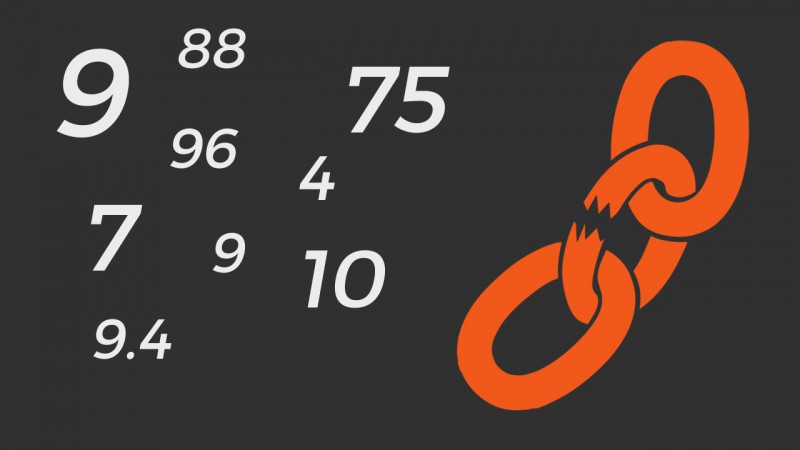Brief Critique of Contemporary Judgement
Introduction
If there is one word that can give consistency to everything that represented the entire last century, that is: revolution. All meanings that today we attribute to the word art are a direct result of the annihilation of all the old canon of beauty, operated throughout the twentieth century. What today we mean by saying the word art is not what, just a century ago, was understood by the people saying the same word.
This leads to three essential consequences that should be taken in consideration when trying to make a judgment on something that concerns the contemporary world:
- The destruction of every rule.
- The impossibility of objective canons.
- The progressive disappearance of morality.
The Western tradition, from the ancient Greeks onwards, has always joined the Beauty and the Truth, placing them as a levee for anguish of the human being. Contemporary art permanently destroys that ancient tradition, leading to sunset what was considered the absolutely true and untouchable.
But if Truth dies, what remains of Beauty? What is its significance?
The music was sacred music. The art was sacred art. Literature was sacred literature. In the twentieth century, along with God (God is dead, Nietzsche warned), also dies the whole tradition.
The great artists of the twentieth century: musicians, poets, writers, up to the exponents of modern arts, such as film, contaminating their works with what was once considered blasphemous, showing that morality and objective beauty, are definitively dead.
We are talking of abstract art, modern music from rock (what we now think of soft-rock once would have been called the voice of the devil) to electronic music, or modern video games that have no qualms to stage, so as the cousins of cinema, any kind of violent language and bloody human activities, up to dig deeper into the bowels of the human soul, laying bare our deepest emotions: love, lust, pride, violence, fear, anguish.
The Beauty and the Ugly
When what was considered ugly becomes somewhat beauty through an artistic representation, the judgment loses almost all of its meaning. The beauty increasingly taking a subjective dimension away from the objectivity required by a critique.
But how can we orient ourselves without a frame of reference? How can we navigate the open sea without a compass and a navigation chart? How to remain objective and impartial? But first, what is meant by “objective” and “impartial”?
Starico is designed having a clear know of the problems listed above.
Affirming the existence of the beauty, we implicitly affirm that something bad is located on the opposite side of our evaluation system. However beautiful and ugly are generic definitions; this binary thought, although intuitive, is poor and ineffective. The concept of beauty must be cut out to get into a dimension where we can make a critique in a broader way.
The first thing to do is to establish a coherent reference. As well as for an italian, Germany is in the north, so for an englishman is located in the South. Both are absolutely right according to their point of view. A critique requires to trace the rules that allow first a critic to be oriented, and then a kind of language that will enable he to communicate with his readers.
This reference system, on Starico, is called Starimeter.
